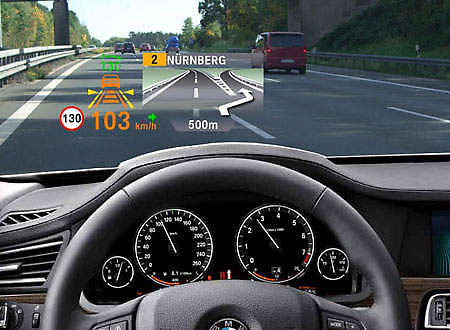Fellow Augmented Reality-ers,
We find ourselves in week three since the birth of this fascinating subject coverage and we can't hold our excitement any further. It is time to give you more. We invite you to kick back, grab a hot cup of your favorite beverage, put on some smooth jazz (or anything else you fancy) and just watch the string of words unfold in front of your eyes and drag you deeper into the magical world of augmented reality....
Welcome back to Augmentacious!
1. IKEA
Let's start by having a look at a company that some of you might recognize: IKEA. I would bet big bucks on the fact that at some point or another you have had the pleasure of redecorating your room/place with some of the (mostly) easy to assemble products that the swedish company has enriched our lives with. Now, IKEA has been doing their tech homework and in their 2013 catalogue you have the ability to check out furniture items in 3D using your smartphone and a free app called IKEA NOW.But I will allow Johannes from newgadgets.de to explain this further:
2. LAYAR
Now that we are warmed up, let's briefly recall last week's feature: AURASMA. This company brought static media to life. By linking videos or other types of media to a predefined static picture, a mobile app would help to trigger the linked content when the underlying picture is captured. This week we want to bring to your attention a similar company: LAYAR.So what is layar? "In an age where online consumption is skyrocketing, print publications must find a way to communicate with their readers in new and interactive ways. Layar merges the online and offline worlds, bringing new levels of engagement to a previously one-way conversation."
Layar focuses on mobile AR and their niche is that of advertising. The idea is to create 'buy now' links to call up a "check-out-counter" despite the initial use of hardcopy material (magazine). As they say, it is combining the two worlds. But let's see what this actually looks like:
3. RAY BAN
Over to Ray Ban. The company specializes in sunglasses and has been hugely successful doing so. In today's world of growing online purchases, companies like Ray Ban has a slight disadvantage though. People want to try the goods before buying. Especially when it comes to fashion items such as sunglasses. But thanks to AR we have now taken a big leap towards getting customers closer to the real experience of trying on glasses. Admit it, every time you see a pair of glasses (especially funny ones) you try them on....this is your chance to try as many as you want, while no one starts giving you looks after a while!Try it....it's a lot of fun.......RAY BAN VIRTUAL MIRROR
4. PENNINGTON's
Now here is a fabulous example of enhancing a retail experience. The female clothing store Pennington (USA) used AR to layer in some stripping firemen when the female specimens were checking out their new clothes in the big mirror. While they two fine gentlemen came sliding down on poles and gently undressed, they fortunately kept their pants on.
But Pennington went one step further and made this into a total buzz. They invited some vivid bloggers to come try this (without them knowing of course). The positive feedback went viral and resulted in very effective, cheap marketing campaign for Pennington.
5. NATIONAL GEOGRAPHIC
I want to finish this week's update with a video that will put a smile on your face. I don't know if I can purely blame the music for that fact, or simply the smart marketing power of National Geographic. While touring various malls in Hungary, National Geographic allowed passersby to interact with the content they might expect to find on the channel itself. We are talking Dolphins, Spacemen, Lions, Storms, Dinosaurs and many other fascinating elements you may not get a chance to get up close with (or want to) in real life. While social media integration was not at the top of the agenda, it certainly created a buzz and it most likely enlightened the day of everyone that was lucky enough to be there.
With this last example and that smile on your face I conclude this post. Over the past three weeks we have introduced you to the world of augmented reality, what it is and where we can find it in real life. Today we saw another few applications, mainly in Home Design, Advertising and Retail.
Going forth we are continuing our quest a won't stop until we found answers to the following issues:
The nature of the technology(Post 1-3)The innovative applications of augmented reality(Post 1-3)- The benefits of augmented reality with an emphasis on the business value proposition
- The challenges and risks associated with augmented reality
Rest assured, we will keep feeding you the awesome ways that augmented reality is already shaping our lives and will exponentially continue to do so.
So make sure you have bunkered some of that favorite beverage of yours at home. You will need it.
Team Ogres.





